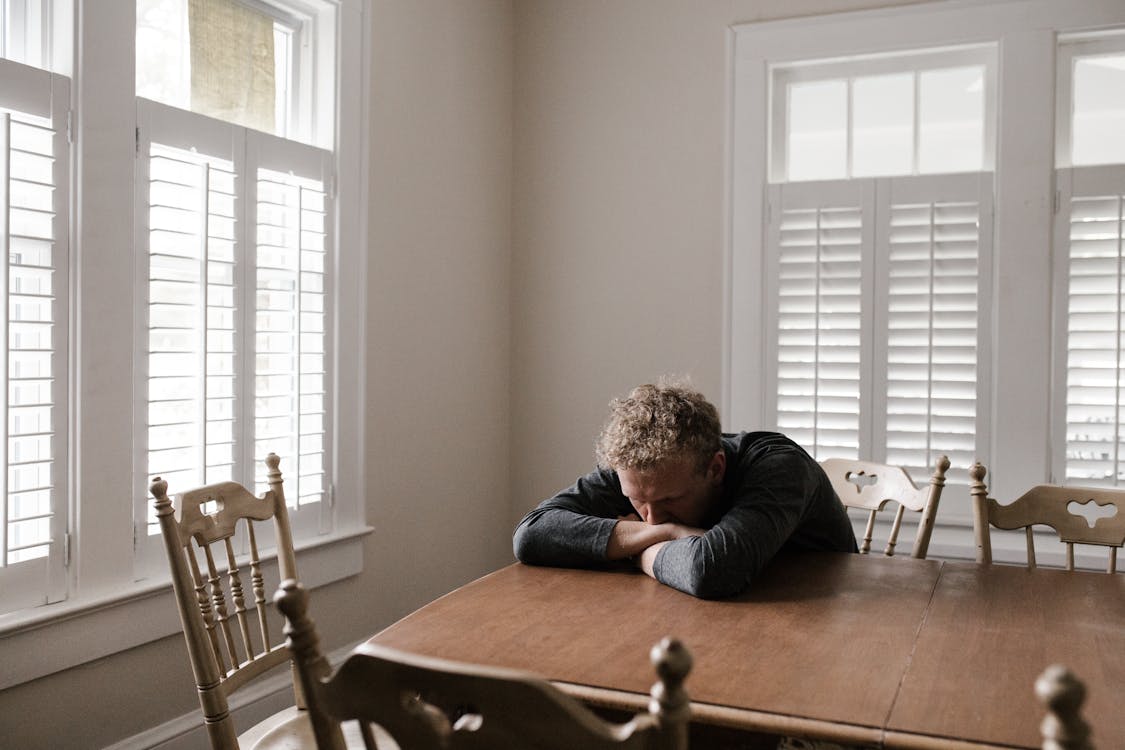In the glitzy world of design, where every pixel seems to shimmer with perfection, a quieter reality always stays beneath the surface. While many admire the allure of crafting beautiful screens and solving user puzzles, few speak of the hidden struggles faced by UX designers. Behind the glossy facade lies a landscape marked by fatigue, burnout, and mental health challenges.
The industry buzzes with tales of success: designers landing dream jobs, securing promotions, or pursuing advanced degrees. Yet, a crucial conversation remains stifled. Why do we shy away from discussing the darker aspects of our profession—the imposter syndrome, the relentless comparison, the nagging insecurity?
UX designers hold a pivotal role in shaping intuitive and engaging interfaces, tirelessly refining their craft to meet ever-evolving user needs. Yet, for many entering this field, the journey is fraught with uncertainty. Job scarcity, portfolio woes, and career doubts plague newcomers an increasingly crowded marketplace.
The industry landscape itself bears scars with layoffs and funding cuts casting shadows over job prospects. Amidst this turmoil, anxiety and depression run among job seekers, casting a pall over the once-glamorous world of design.
But what about those who’ve weathered these storms, who’ve carved out a niche in this fast-paced realm? For creative professionals, the pressure to continually innovate and deliver flawless solutions looms large—a burden that weighs heavily on the mind and spirit.
Behind closed doors, the excitement of contentment often crumbles, revealing the toll that relentless perfectionism and unyielding criticism exact on mental well-being. The cycle of revision and rejection moves away at confidence, leaving designers grappling with self-doubt 😔
Moreover, the breakneck pace of technological change adds another layer of stress, as designers scramble to master new tools and trends, lest they be deemed obsolete. Unrealistic deadlines and mounting workloads only serve to compound the pressure, pushing many to the brink of burnout.
Even the shift to remote work, touted for its flexibility, can exacerbate feelings of isolation and disconnect, further ruining mental resilience.
So, how do we navigate this minefield of stress and uncertainty?

It begins with acknowledging the cracks and fostering a culture of openness and support. Building resilience to criticism, managing time effectively, and prioritizing self-care are essential steps in safeguarding mental well-being.
Here are additional strategies that @Swathi Kirthyvasan to uphold a healthy work-life balance:
Establish Clear Boundaries: Create dedicated time slots when work-related emails and messages are off-limits, fostering a distinct boundary between professional responsibilities and personal life. Especially in remote work setups, designating a specific workspace helps in mentally compartmentalizing work and leisure activities.
Stay Active and Refreshed: Incorporate regular physical activity into your routine, whether it’s short walks or light exercises, to alleviate symptoms of depression and anxiety. Prioritize adequate sleep, recognizing its pivotal role in maintaining mood, productivity, and overall mental well-being.
Reach Out for Support: Don’t hesitate to seek professional help if you’re grappling with mental health challenges. Therapy offers a non-judgmental space for timely support and guidance. Remember, it’s okay not to have everything under control. Take a day off if needed, and extend a supportive hand to colleagues by checking in on their well-being. A simple “How are you?” can make a significant difference.
Let’s Keep Talking: Initiating conversations about mental health within the UX design community isn’t just about addressing immediate challenges—it’s about fostering an environment where designers can flourish creatively and personally. By recognizing and addressing the unique pressures faced by UX designers, we can cultivate a more supportive, productive, and innovative community.
By nurturing a community where designers feel empowered to speak candidly about their struggles, we can create an environment conducive to both personal growth and professional success. After all, prioritizing mental health isn’t just a luxury—it’s a prerequisite for thriving in the dynamic world of UX design.
Check relevant article on Microsoft’s approach in Inclusive Design: Inclusive Design’s next wave breaks for mental health | Microsoft Design

